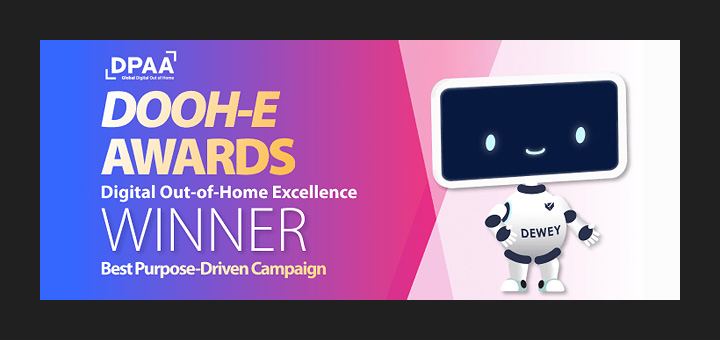Agencies hope AI helps with content transparency, anticipation and commerce in 2024
As the death of the cookie nears, marketers will need to have a better handle on their data, a task that AI might be able to handle.
Published Jan. 16, 2024 By: Chris Kelly Image: CreativaImages via Getty Images
It finally has begun: On Jan. 4, Google disabled third-party cookies for 1% of Chrome, or approximately 30 million users. The move represents the first tangible step in the search giant’s plan to phase out the tracking technology for all users in the second half of the year — a change that will eliminate a long-standing digital advertising tool.
With the announcement nearly four years ago that it would eventually kill the third-party cookie, Google set into motion a race for the advertising industry to build, test and adopt alternative targeting and tracking methods, whether using its Privacy Sandbox proposals or those crafted by other players.
But while a panoply of alternative IDs, identity graphs and data clean room solutions have cropped up in recent years, the missing piece in solving the post-cookie problem could be an application of generative artificial intelligence (AI), the buzzy technology that has captivated the worlds of advertising, technology and general culture for more than a year.
“To remedy the rift of third-party cookie depreciation, it’s crucial for marketers to lean into AI to supercharge strategies utilizing zero- and first-party consumer data,” said Anjali Yakkundi, vice president of product marketing at Movable Ink, in emailed comments.
“AI can analyze consumers’ digital behavior like browsing history, purchasing patterns and engagement to provide deeper audience understanding while creating tailored experiences,” the executive added. “Moreover, brands can expand AI and ML within predictive models that garner insights into consumers’ likely next steps, allowing for proactive and strategic development of outputs that meet the consumer where they are before they even know they’re going to be there.”
The power of AI
Much of advertising’s focus on generative AI to date has centered on the ability to create text and image assets that can be produced quickly and help marketers meet longtime goals around personalization-at-scale. But the ability of AI to sift through and analyze data with incredible speed and accuracy could help marketers make up for the signal loss created by cookie deprecation.
“2024 is going to be the true rise and scaling of additional intent signals,” said Lynda Clarizio, a media industry veteran and co-founder of early stage venture capital firm The 98. “For a long time, we’ve had web-tracking intent and social intent. Now we’re going to have the rise of transaction intent and contextual intent.”
Generative AI needs three things to work, according to experts: proprietary first-party data, the infrastructure to process that data and data scientists to develop the data to train new models. As applied to advertising, those requirements will put tech players like Google and Amazon in the “driver’s seat,” Clarizio said.
“We’re really ‘Back to the Future,’” Clarizio explained, connecting the rise of digital walled gardens to the previous walled gardens in TV advertising.
“Now we’re going back in the other direction, and some of that has been because of deprecation of cookies and the inability to use data signals in a broader way,” Clarizio added. “You’re really restricted to first-party data, which makes sense from a privacy perspective but reinforces the strength of some of these larger players.”
However, other players are beginning to leverage generative AI, using the tech for search re-ranking in a fast, effective way and to deliver a more robust, personal experience to users. Other use cases of the technology are still being developed.
“AI will become more prevalent as agencies and talent find practical applications to reduce costs and speed up processes,” said Rob Davis, CMO and president of independent agency Novus, in emailed comments. “This will expand beyond media optimization and data compilation — for example, applying generative AI to simulated focus groups for cost-effective insight generation.”
Read More



